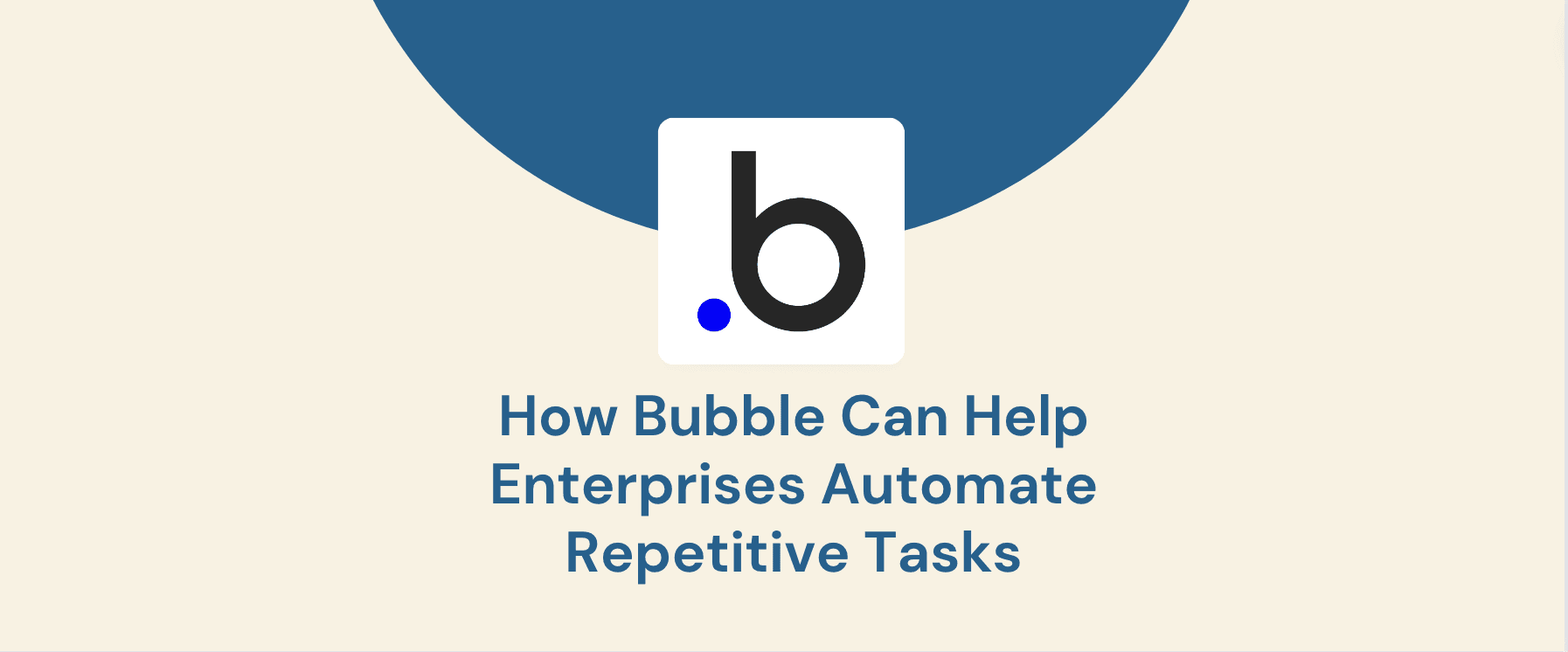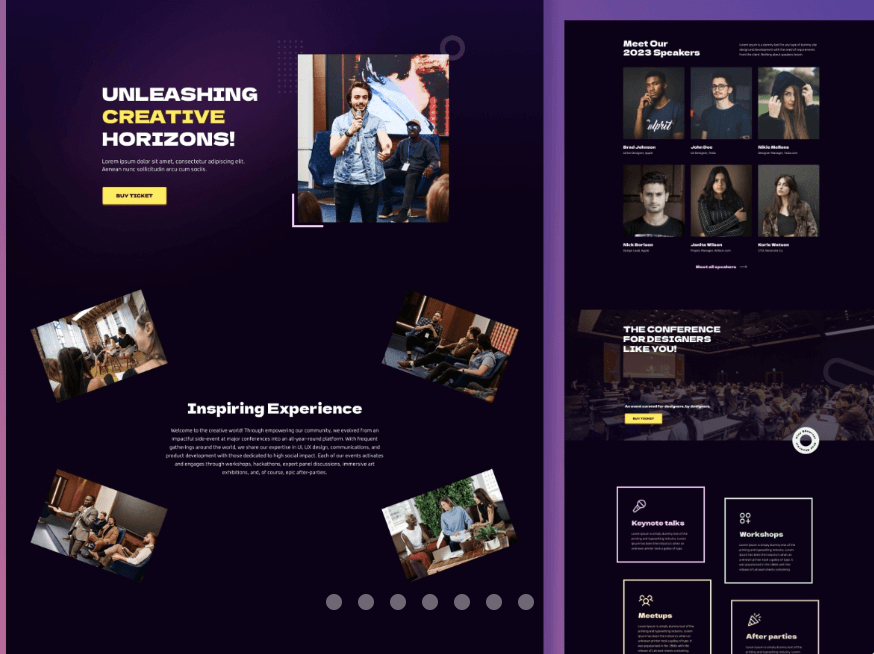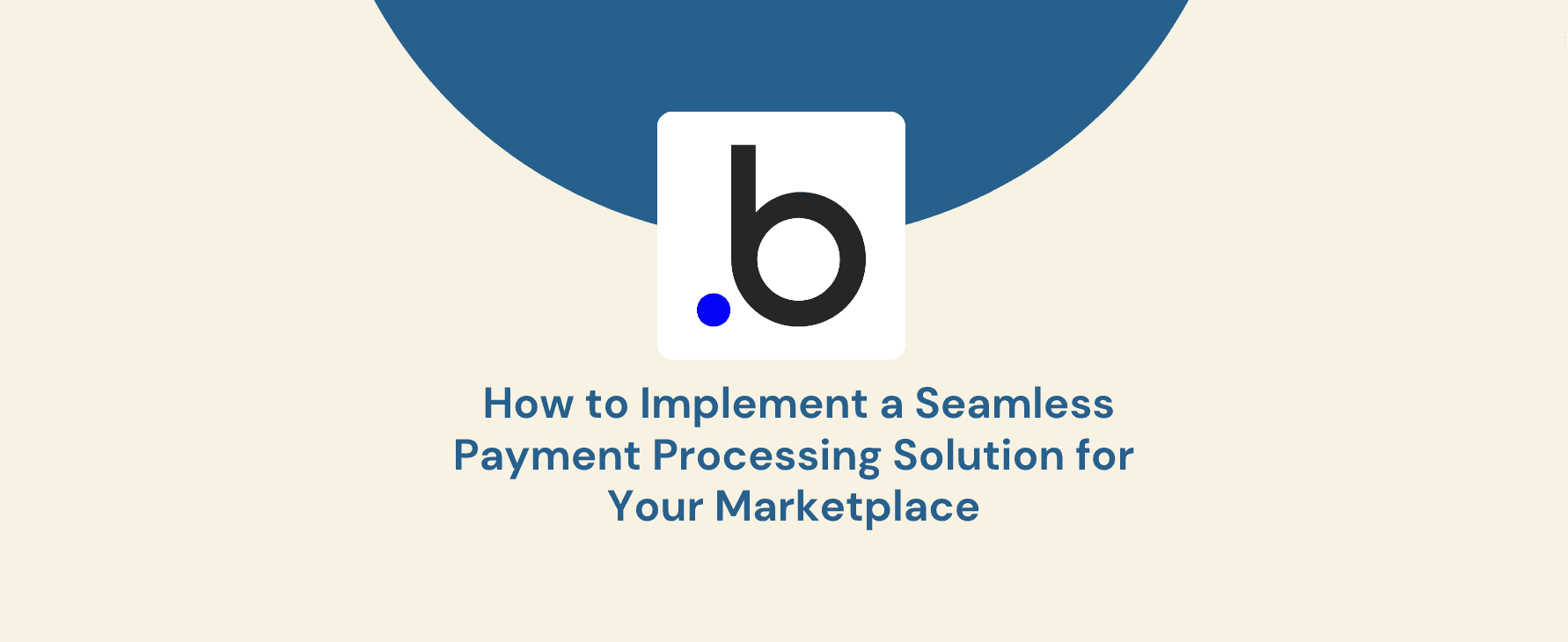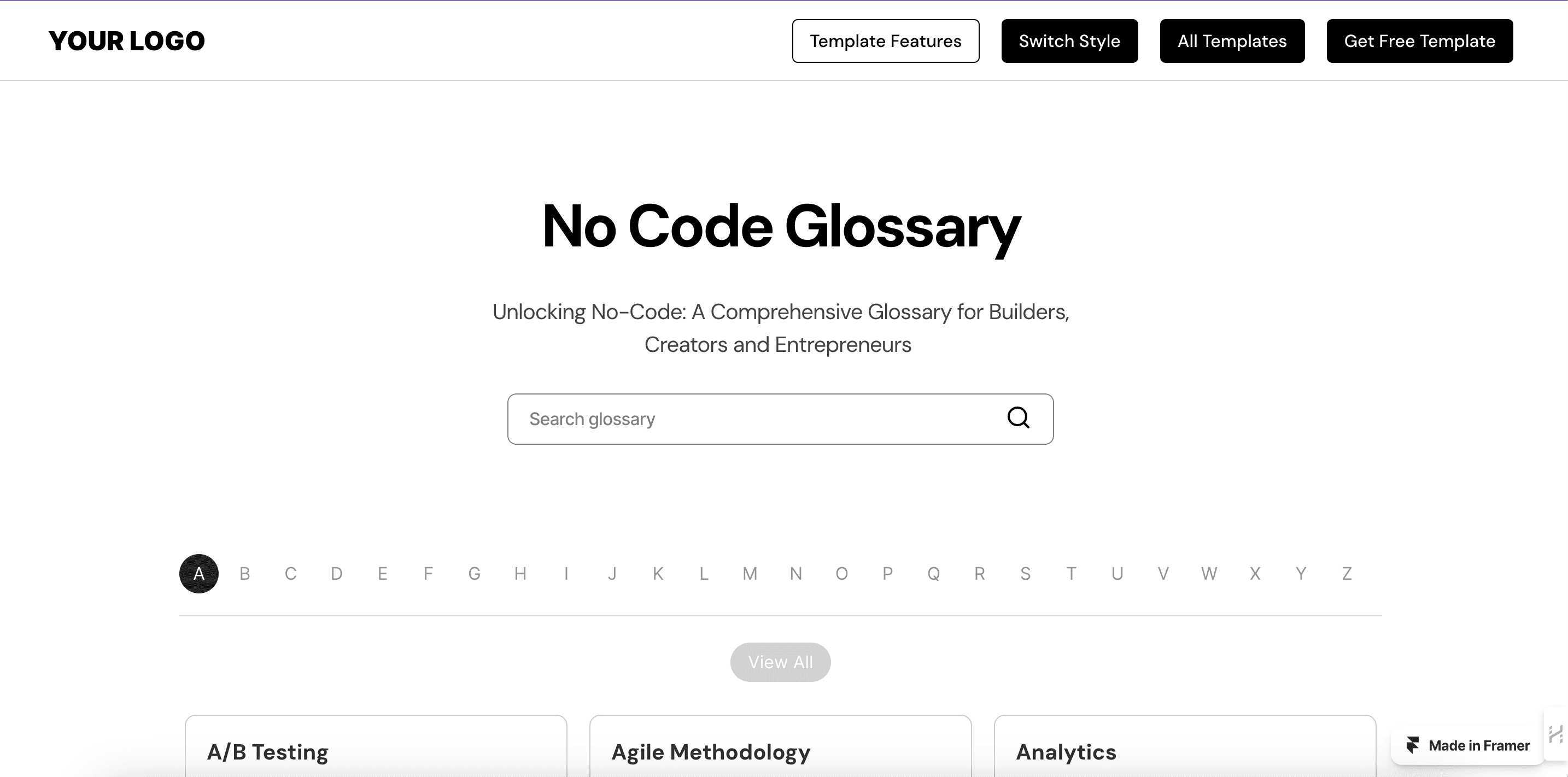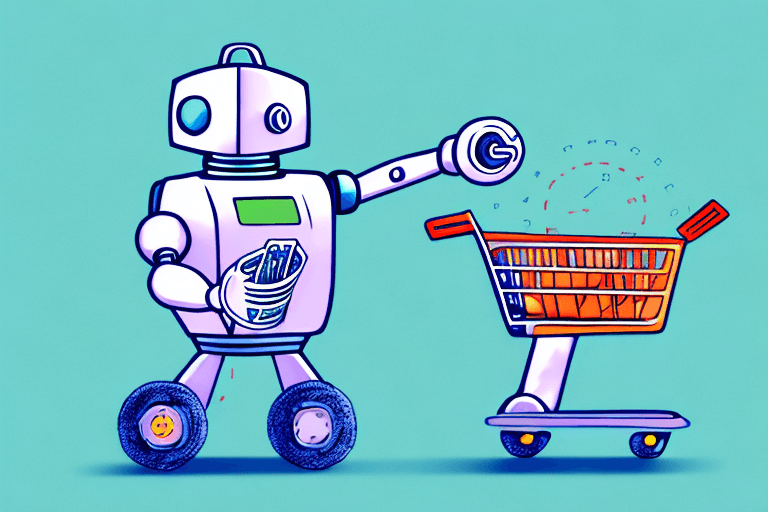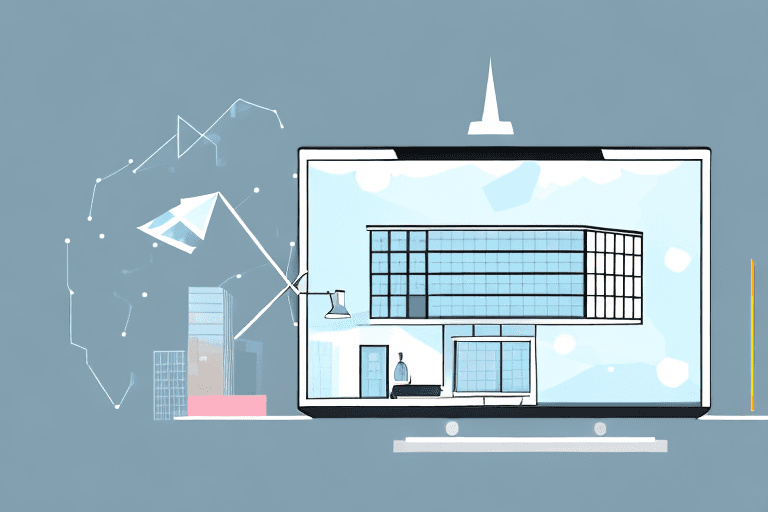Table of Contents
23 May 2024
Free Up Your Workforce: How Bubble Can Help Enterprises Automate Repetitive Tasks
Enterprises are constantly striving for efficiency and productivity. However, many organizations remain bogged down by repetitive, manual tasks that drain valuable resources. These time-consuming processes not only hinder progress but also demotivate employees.
This article explores how Bubble, a powerful no-code development platform, empowers anyone to build custom web applications without coding, streamlining workflows and automating repetitive tasks. This frees employees to focus on strategic initiatives, boosting productivity, accuracy, and morale. Let's explore how Bubble.io unlocks the full potential of your workforce by tackling the burden of busywork.
Understanding Bubble.io
Empowering Creation: A Look Under the Hood of Bubble.io
Bubble goes beyond a simple website builder. It offers a comprehensive set of features and functionalities that enable users to create robust and scalable web applications. Here's a breakdown of some key aspects:
Visual Development: Bubble.io's core strength lies in its visual development environment. Users can drag and drop pre-built elements to construct the user interface (UI) and data structure of their application. This eliminates the need for complex coding, making the platform accessible to users with varying technical backgrounds.
Data Management: Bubble.io boasts a powerful built-in database system. Users can create custom data types to store and manage information relevant to their application. This data can then be easily manipulated and displayed throughout the app.
Workflow Automation: One of Bubble's most valuable features is its robust workflow engine. Users can define automated workflows that trigger specific actions based on user interactions, data changes, or external events. This enables the automation of repetitive tasks and complex business processes.
Plugins and Integrations: Bubble extends its functionality through a vast library of plugins and integrations. These allow users to connect their applications to various external services and APIs. For example, popular integrations include email marketing platforms, payment gateways, and social media services.
Building the Right App: Exploring Application Types on Bubble.io
The versatility of Bubble allows for the creation of a wide range of web applications. Here are some common examples:
Internal Tools: Streamline internal operations by building custom enterprise applications for tasks like project management, expense tracking, or employee onboarding.
Customer Relationship Management (CRM): Develop a customized CRM solution to manage customer interactions, track leads, and streamline sales processes.
Data Dashboards: Create interactive dashboards to visualize key performance indicators (KPIs) and gain real-time insights into business operations.
Marketplaces and E-commerce Platforms: Build online marketplaces to connect buyers and sellers or develop full-fledged e-commerce platforms for selling products or services.
Advantages of Choosing Bubble for App Development
Several key advantages make Bubble.io an attractive option for enterprises seeking to automate repetitive tasks and build custom applications:
Reduced Development Time: Compared to traditional coding, Bubble.io's visual development environment significantly reduces development time, allowing enterprises to get their applications up and running faster.
Lower Development Costs: By eliminating the need for extensive coding resources, Bubble.io can offer a cost-effective solution for app development.
Scalability and Security: Bubble.io's infrastructure is built on Amazon Web Services (AWS), ensuring scalability and robust security for enterprise applications.
Flexibility and Customization: Despite its no-code approach, Bubble.io offers a high degree of flexibility and customization. Users can tailor their applications to meet their specific needs and workflows.
Identifying Repetitive Tasks: The Culprits of Wasted Time
The Repetitive Grind: Common Culprits in Enterprise Workflows
Across various departments within an enterprise, repetitive tasks can significantly hinder productivity and employee morale. Here are some common examples of these time-consuming processes:
Data Entry and Management: Manually entering data into spreadsheets or CRM systems is a tedious and error-prone task.
Report Generation: Compiling data and generating reports often involve repetitive processes that can be automated.
Email Communication: Sending out repetitive emails, such as onboarding materials or status updates, can be automated to save time.
Approval Workflows: Multi-step approval processes often involve repetitive tasks like notification emails and data checks.
Customer Service: Responding to frequently asked questions (FAQs) or handling basic customer requests can be automated with chatbots or self-service portals.
These are just a few examples, and the specific repetitive tasks will vary depending on the industry and the organization's structure. However, the impact they have on efficiency remains constant.
The Impact of Repetitive Tasks: More Than Just Wasted Time
The presence of repetitive tasks within an organization can have a cascading effect on several aspects:
Reduced Productivity: Employees bogged down by repetitive tasks have less time and energy to dedicate to strategic initiatives and creative problem-solving.
Increased Errors: Manual data entry and repetitive actions are more prone to errors, which can have downstream consequences.
Decreased Employee Morale: Repetitive tasks can be monotonous and uninspiring, leading to employee dissatisfaction and decreased motivation.
Higher Operational Costs: The time and resources wasted on repetitive tasks can translate to higher operational costs for the enterprise.
Prioritizing Automation: Why Identifying Repetitive Tasks is Crucial
By identifying and automating repetitive tasks, enterprises can unlock a multitude of benefits:
Increased Employee Engagement: Freeing employees from tedious tasks allows them to focus on more strategic work, leading to increased engagement and job satisfaction.
Improved Accuracy: Automated tasks are less prone to human error, resulting in more accurate data and a reduction in rework.
Enhanced Efficiency: Automating repetitive tasks streamlines workflows and frees up employees' time, leading to increased overall efficiency.
Reduced Operational Costs: By eliminating the need for manual labor associated with repetitive tasks, automation can lead to significant cost savings.
Identifying and prioritizing repetitive tasks is the first step towards a more streamlined and efficient enterprise.
How Bubble.io Can Help Automate Repetitive Tasks: Streamlining Workflows with No-Code Power
The Automation Engine: Unlocking Efficiency with Bubble.io
Bubble empowers enterprises to automate repetitive tasks through its robust workflow engine. This engine allows users to define a series of actions that are triggered automatically based on specific conditions.
Here's a breakdown of Bubble.io's key automation capabilities:
Conditional Logic: Users can define workflows that only run when certain conditions are met. This ensures that automation happens at the right time and for the appropriate tasks.
Data Triggers: Workflows can be triggered by changes in data within the application. For example, a new customer signup could automatically initiate an onboarding process.
API Integrations: Bubble.io connects with various external APIs, allowing workflows to interact with other services. This enables tasks like sending automated emails, updating external databases, or interacting with CRM systems.
Scheduled Workflows: Bubble.io allows scheduling workflows to run at specific times or intervals. This is ideal for tasks like generating reports or sending periodic reminders.
Examples of Repetitive Tasks You Can Automate with Bubble.io
The possibilities for automation with Bubble.io are vast and extend across various departments within an enterprise. Here are some specific examples:
Customer Onboarding: Automatically send welcome emails, generate user accounts, and guide new customers through the onboarding process.
Data Processing: Clean and format incoming data, populate databases, and trigger notifications based on specific data points.
Inventory Management: Automatically update inventory levels, send reorder alerts, and generate purchase orders when inventory falls below a threshold.
Expense Reporting: Autofill expense reports based on credit card transactions or receipts uploaded by employees.
Social Media Management: Schedule social media posts, respond to basic inquiries through chatbots, and generate reports on social media engagement.
A Step-by-Step Guide to Automating Repetitive Tasks with Bubble.io
The process of automating repetitive tasks with Bubble can be broken down into several steps:
Identify Repetitive Task: Start by pinpointing a specific task that is time-consuming and repetitive.
Define Workflow Logic: Map out the steps involved in the task and the conditions that trigger it.
Build the Workflow in Bubble.io: Use Bubble's visual editor to define the workflow steps, including data manipulation, API calls, and sending notifications.
Test and Deploy: Thoroughly test the workflow to ensure it functions as intended before deploying it for everyday use.
By following these steps and leveraging Bubble.io's automation capabilities, enterprises can streamline numerous repetitive tasks and unlock significant efficiency gains.
Benefits of Automating Repetitive Tasks with Bubble.io: Unlocking Efficiency and Growth
Automating repetitive tasks with Bubble offers a multitude of advantages for enterprises, impacting various aspects of their operations. Here's a closer look at some key benefits:
Increased Productivity and Efficiency: By eliminating manual work associated with repetitive tasks, employees can focus on higher-value activities that drive innovation and growth. This leads to a significant boost in overall productivity and efficiency within the organization.
Improved Employee Morale and Job Satisfaction: Freeing employees from tedious tasks creates a more engaging work environment. They can utilize their skills and expertise on more fulfilling projects, leading to increased job satisfaction and improved morale.
Reduced Errors and Improved Accuracy: Automating repetitive tasks minimizes the risk of human error inherent in manual data entry and repetitive processes. This results in more accurate data, fewer rework instances, and a more reliable workflow.
Cost Savings and Return on Investment (ROI): Automating tasks reduces the time and resources needed to complete them. This translates to cost savings on labor expenses and potentially reduces the need for additional personnel. Additionally, the increased efficiency and productivity gained from automation can lead to a significant return on investment (ROI) for the enterprise.
Beyond these core benefits, Bubble.io's unique features offer additional advantages:
Scalability and Flexibility: Bubble.io applications can scale to accommodate an enterprise's evolving needs. Additionally, the platform offers flexibility to adapt workflows and processes as the business grows or requirements change.
Improved Collaboration and Communication: Bubble.io applications can streamline communication and collaboration within teams by centralizing data and automating workflows.
Enhanced Customer Experience: Automating repetitive tasks in customer service, such as answering FAQs or sending status updates, can improve the overall customer experience by providing faster and more efficient service.
In essence, automating repetitive tasks with Bubble.io empowers enterprises to streamline operations, optimize resource allocation, and unlock their full potential for growth and success.
Tips and Tricks for Effective Automation: Building Workflows for Success
Bubble empowers users to create powerful workflows for automating repetitive tasks. Here are some valuable tips and tricks to ensure you're maximizing the platform's capabilities and building effective workflows:
Identify the Right Tasks: Focus on automating tasks that are truly repetitive, time-consuming, and follow a clear set of rules. Don't try to automate tasks with complex decision-making processes.
Break Down Complex Processes: Large, complex tasks can be broken down into smaller, more manageable sub-tasks. This allows for more focused automation and easier troubleshooting.
Leverage Conditional Logic: Utilize Bubble.io's conditional logic capabilities to ensure your workflows only run when specific conditions are met. This avoids unnecessary automation and maintains data accuracy.
Test Thoroughly: Before deploying any workflow, rigorously test it with various data inputs to ensure it functions as intended. This helps identify and address any potential issues before they impact real-world processes.
Document Your Workflows: Maintain clear documentation for your workflows, including the purpose, trigger conditions, and expected outcomes. This facilitates future maintenance and collaboration within your team.
Start Simple and Scale Up: Begin by automating a single, well-defined task. Once successful, gradually build complexity and automate more intricate processes over time.
Seek Inspiration: Explore the Bubble.io forum and community resources to find inspiration and learn from other users' automation workflows. This can provide valuable insights and best practices.
By following these tips and leveraging Bubble.io's user-friendly interface, you can build robust and effective workflows that streamline repetitive tasks within your organization.
Streamlining operations and maximizing efficiency are crucial for success. Automating repetitive tasks with Bubble offers a compelling solution for enterprises seeking to achieve these goals.
Recap of Benefits:
Increased productivity and efficiency
Improved employee morale and job satisfaction
Reduced errors and improved accuracy
Cost savings and return on investment
Scalability and flexibility
Improved collaboration and communication
Enhanced customer experience
By strategically identifying and automating repetitive tasks with Bubble.io, enterprises can free up valuable resources, empower their workforce, and unlock a path towards sustainable growth and success. With its intuitive interface, robust features, and growing community, Bubble.io provides a powerful platform for businesses to embrace automation and revolutionize their workflows.
Ready to unlock the power of automation for your enterprise? Contact Goodspeed, a team of Bubble Development Agency Experts, to get started on your custom application and streamline your workflows today!
Frequently Asked Questions (FAQs)
1. Is Bubble secure for building enterprise applications?
Absolutely! Bubble.io takes security seriously and their infrastructure is built on Amazon Web Services (AWS), ensuring robust security features and data protection for enterprise applications.
2. Does Bubble require any coding knowledge?
No prior coding experience is necessary! Bubble's visual development environment allows users to build applications through drag-and-drop functionality and pre-built elements.
3. Can Bubble applications integrate with existing enterprise software?
Yes, Bubble.io offers a vast library of plugins and integrations that allow you to connect your applications with various external services and APIs, potentially including your existing enterprise software.
4. What kind of ongoing maintenance is required for Bubble applications?
Bubble.io handles core infrastructure maintenance. However, depending on the complexity of your application, you might need to allocate resources for ongoing maintenance of the application itself, such as workflow updates or bug fixes.
5. Is there a limit to the complexity of applications I can build with Bubble?
While Bubble.io excels at automating tasks and building streamlined applications, it might not be suitable for highly complex enterprise applications requiring very specific functionalities. It's best to evaluate your needs and application complexity before choosing Bubble.io.
6. Does Bubble offer any free plans?
Yes, Bubble.io offers a free plan with limited features. This allows you to experiment with the platform and build basic applications to test its functionalities before committing to a paid plan.
7. How long does it typically take to build an application on Bubble.io?
Development time can vary depending on the complexity of your application. However, Bubble.io's no-code approach often leads to faster development times compared to traditional coding methods.

